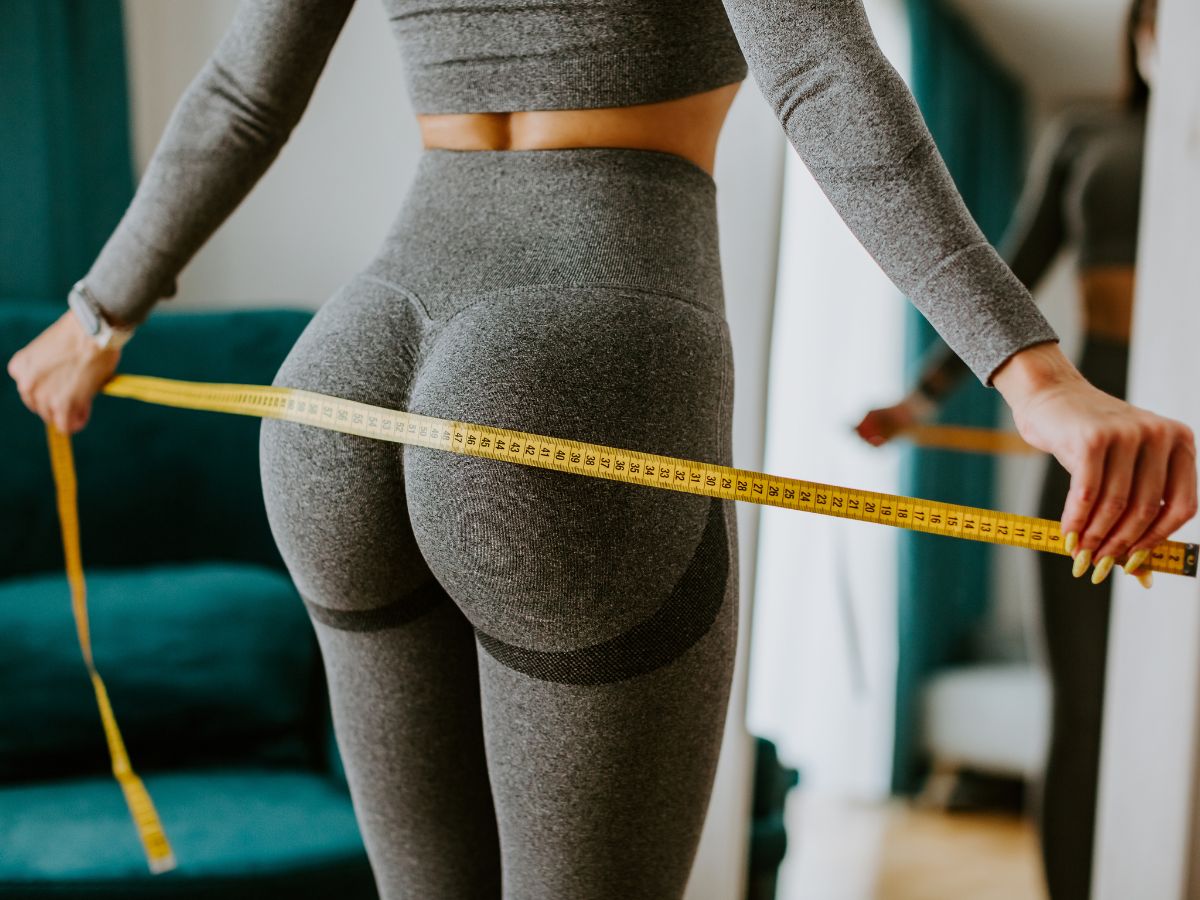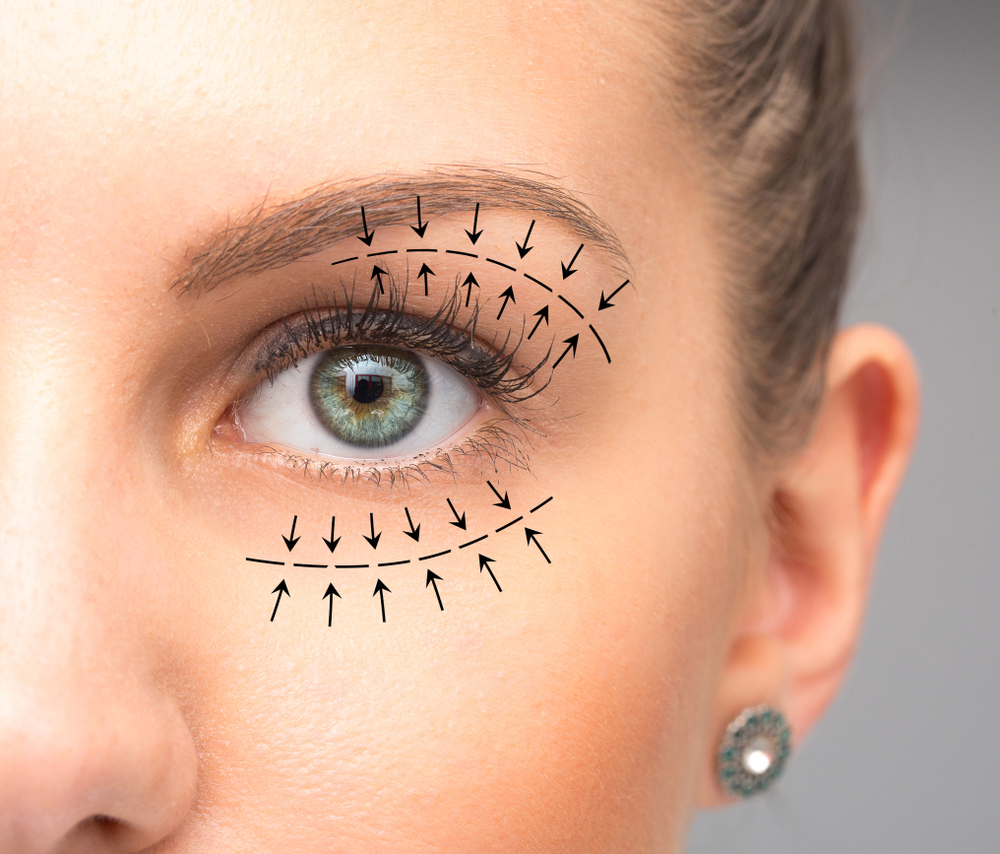At Georgia Plastic and Reconstructive Surgery in Marietta, GA, we believe that every man should be comfortable and confident with his body. Unfortunately, gynecomastia can throw a massive wrench in self-esteem. That’s why we are proud to offer male breast reduction.
Male Breast Reduction FAQs Answered
Will I Be Put to Sleep?
Depending on your budget, health, and the extent of the procedure, you may be put under general anesthesia or local anesthesia. If you are put under general anesthesia, you will be asleep during your entire procedure. If you are put under local anesthesia, you will only fall asleep if you are given an oral sedative.
What Can I Expect Before My Procedure?
Before your procedure, your chest will be sanitized with an alcohol-based cleanser. Then, we will put you under general anesthesia or inject you with a local anesthetic, depending on your personal preference. Once you are asleep and the treatment area is numbed, we will clearly mark the incision points. Then the procedure will begin.
Where Will the Incisions Be Made?
The length and location of the incisions made will depend on several factors, including the extent of the procedure and your personal preference. Usually, we make the incisions within the natural creases of the chest or hidden within the dark ridges of the areola so they cannot be seen. We will discuss this with you during your initial consultation.
How Long Will the Procedure Last?
This also varies on a case-by-case basis. If you are only having excess skin, fat, and glandular tissue excised, your procedure should only take around two hours. If, however, you have a significant amount of excess fat to be removed and you need liposuction of the chest performed, your entire body contouring process can last between three and four hours.
What Happens During the Procedure?
Depending on the cause and extent of your gynecomastia, your male breast reduction procedure may consist of solely liposuction, solely tissue excision, or a combination of the two procedures. Liposuction is ideal if your appearance of gynecomastia is caused by excess chest fat.
If you truly have excess glandular tissue and skin but have little chest fat, tissue excision is ideal for you. If you have male breast tissue, loose or excess skin and excess fat, you can expect excess breast and excess fat will be removed via liposuction. If you have excess skin, that will be excised. If you have loose skin, it will be tightened.
How Long Do the Results of This Procedure Last?
If your gynecomastia is corrected by liposuction, the results are permanent. Because adults cannot grow new fat cells, you will permanently have fewer fat cells in your chest. This means even if you gain weight in the future and the remaining fat cells in your chest expand, you will not have the appearance of male breasts.
If tissue excision is how your gynecomastia is treated, the results may or may not be permanent. For instance, if your gynecomastia is caused by taking anabolic steroids, corticosteroids, or other medications, your condition will not return if you stop taking those medications. However, if your condition is caused by genetics, your condition may return in the future.
Can I Just Do Chest Workouts to Treat My Condition?
Unfortunately, the only two ways to correct gynecomastia are to remove excess fat tissue via liposuction or excision and remove excess glandular and skin tissue with excision. If you do chest workouts, such as push-ups, weighted push-ups, bench presses, and inclined bench presses, you are only exacerbating the situation.
Developing your chest muscles will only make your chest look larger overall. If you have the appearance of male breasts due to excess fat, more muscle will actually make you appear fatter. If you actually have excess glandular tissue and skin, you will look more feminine as your excess tissue is accentuated. You will not look more masculine by developing your pecs.
How Should I Prepare for This Procedure?
To prepare for this procedure, you must come in for an initial consultation. During this initial consultation, we will review your medical history and current health to determine which male breast reduction technique is the better fit for you. During this consultation, we will also determine which form of anesthesia is right for you and whether you will be awake or asleep.
Most importantly, during your initial consultation, we will provide you with a comprehensive list of everything you should do and avoid to prepare for your procedure. For instance, you should avoid nicotine, alcohol, and blood thinners. Similarly, you should take care to remain hydrated, eat nutritious foods, and prepare a room in your home for your recovery.
Why Can’t I Consume Nicotine Before My Procedure?
You cannot consume nicotine in the six weeks leading up to your procedure for several reasons. First, it is absolutely crucial that your blood pressure is within a normal range before you are put under anesthesia or sedation. Unfortunately, nicotine elevates your blood pressure by constricting your blood vessels.
This brings us to the second strike against nicotine before your procedure. You need to be as healthy as possible before your procedure. When your blood vessels are constricted, essential nutrients cannot circulate throughout your body to end up where they are needed the most. It is also important to not smoke after your procedure for the same reason.
How Do I Prepare My Recovery Room?
The first step you should take in preparing your recovery room is ensuring you have plenty of entertainment. Whether you play video games on your smartphone, TV, or a mobile gaming console, you should try to keep all the games you think you will play in your recovery room. If you enjoy reading or puzzle books, download apps so everything is on your phone.
You should also ensure you have plenty of water in your recovery room. While most people usually need around half a gallon of water daily to stay hydrated, do your best to drink a gallon of water per day during the first two weeks of your recovery. Finally, make sure you have plenty of pillows and blankets to keep you comfortable.
Can I Go Home on the Same Day As My Procedure?
You may go home on the same day as your procedure. However, you will not be able to drive home if you are put under oral sedation, IV sedation, or general anesthesia. You may only drive yourself home if you are placed under local anesthesia and stay awake during the entire procedure.
In fact, you must not drive within 24 hours of receiving any of the aforementioned medications. They may cause drowsiness and affect your ability to safely operate a motor vehicle, heavy machinery, or motorized equipment.
Can I Stay Home Alone After My Procedure?
We strongly encourage our clients to arrange for someone to stay with them during the first 24 hours post-op. If you can arrange for a caretaker for those first 24 hours, you can focus completely on your rest and relaxation. This is particularly important if you have a child or pet that usually requires a lot of your attention.
How Long Will the Recovery Process Last?
Everyone experiences a unique recovery timeline. However, most of our clients who work office jobs are back to work within five business days. Most of our clients who work a more labor-intensive job are usually back to work in 10 business days.
During the first 24 hours after your procedure, you will probably drift in and out of sleep. However, everyone responds to oral sedation and general anesthesia differently. Even if you receive one of these two medications, you may be awake until bedtime once you wake up from the medication initially.
When Can I Work Out After My Procedure?
We strongly encourage our clients to start walking several times a day starting on the day after their procedure. Walking supports a strong, healthy circulatory system. A strong, healthy circulatory system allows nutrients to flow through your body and end up where they are needed the most.
Keep in mind, however, that you must walk at a moderate pace during the first three weeks following your procedure. You must keep your blood pressure within a normal range during this time. Save the intense cardio and resistance training sessions for 21 days post-op. This will ensure a rapid, smooth recovery.
What Should I Eat After My Procedure?
After your procedure, it is critical that you eat nutrient-dense foods. First, you will want to ensure that you are achieving your recommended daily allowance (RDA) of all the micronutrients. Second, if you are taking prescription analgesics, you will want to incorporate plenty of soluble fiber into your diet.
If you do not take prescription analgesics after your procedure, you can incorporate soluble fiber or insoluble fiber into your diet depending on your personal preference. Finally, you must make sure you are eating plenty of bioavailable protein. Make sure no fewer than 224 of your daily calories are coming from protein sources, such as eggs, nuts, and poultry.
How Soon After My Procedure Can I Consume Alcohol?
You should wait two to three weeks after your procedure before you consume any alcohol. It may be tempting to have a beer while watching your favorite game. However, two of the most important things you can do to ensure a smooth, speedy recovery are keeping your body hydrated and well-nourished.
Alcohol consumption is terrible for your overall health and your recovery process because it acts as a diuretic. This means that your body is flushing out essential nutrients and water that it needs to function at an optimal level. Even worse, because alcohol flushes so much water out of your body, it elevates your blood pressure.
Am I a Good Candidate for This Procedure?
The only way to determine if you are a good candidate for this procedure is to come in for an initial consultation. There are several things we look at when determining who this procedure is a good fit for. For instance, we look at the physical structure of your chest, your aesthetic goals, your medical history, your current health, and the elasticity or laxity of your skin.
Discover How to Boost Your Self-Confidence Today
Whether you are awake during your male breast reduction depends on several factors, including your health, the extent of your procedure, and your personal preference.
To discover if you are the ideal candidate for this procedure or learn more about this life-changing procedure, contact us today at Georgia Plastic and Reconstructive Surgery in Marietta, GA to schedule your initial consultation. We can’t wait to meet you and help you sculpt the body of your dreams.




